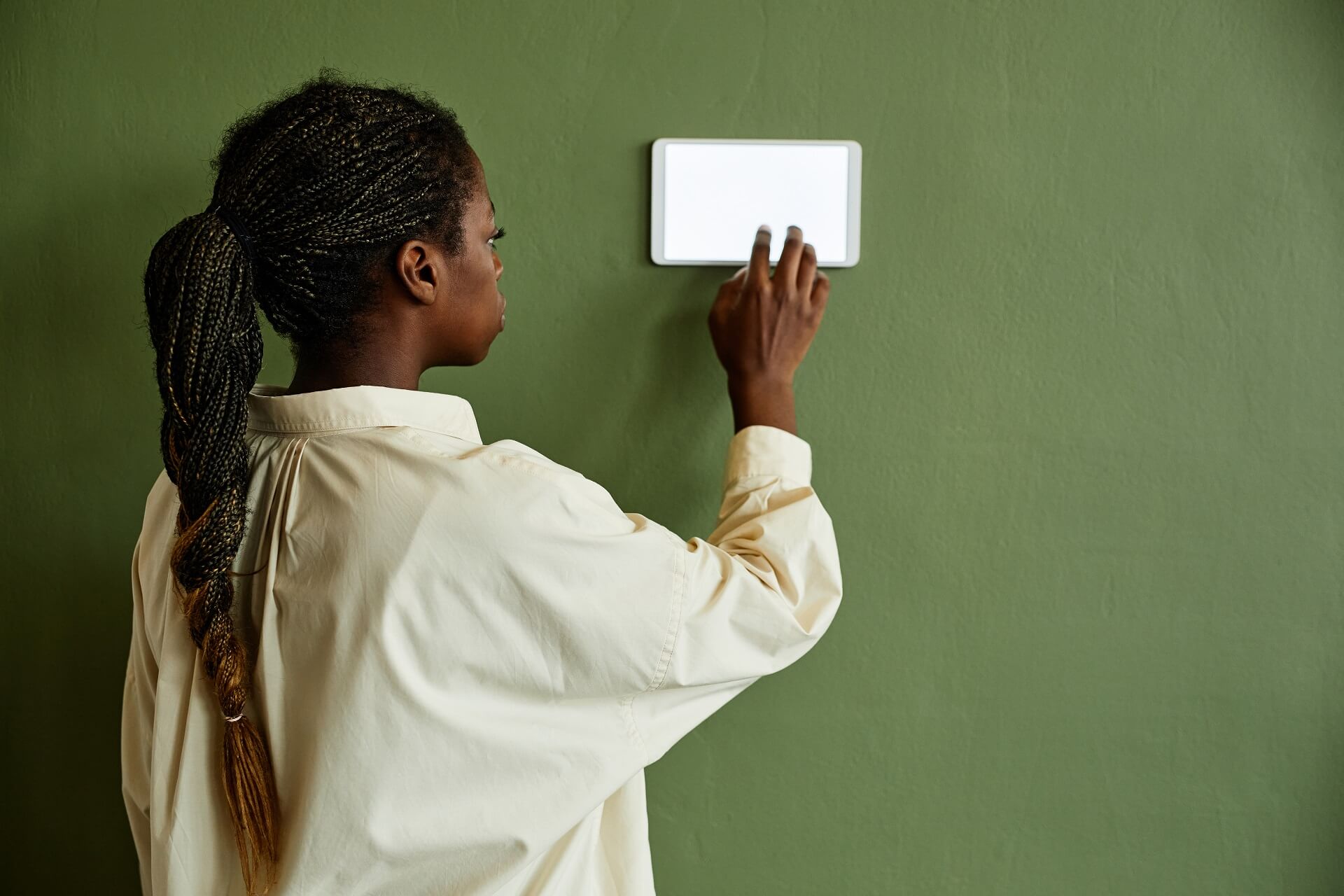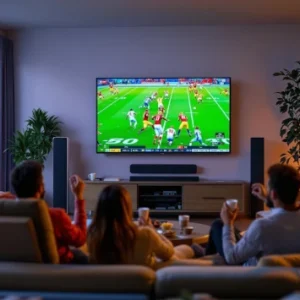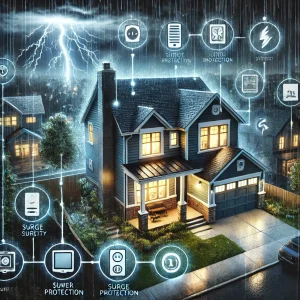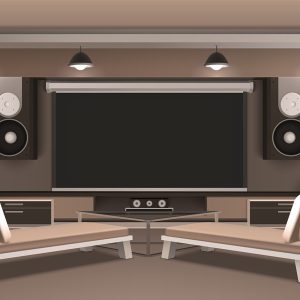Lighting Controls
Reducing energy is a prominent concern. It is as simple as closing the shades on a sunny day to keep the house cooler on your home or turning off the lights when not in use. Unfortunately, we frequently forget due to distractions from life. Lighting controls accomplish it automatically are the next best thing. According to the Department of Energy, installing lighting control and shade sensors in houses can reduce energy consumption by up to 30%.
Ambrosic Home Theater Designs, LLC offers a wide range of home automation and lighting control products. Your home will be more comfortable thanks to our automation services, enabling you to save time and money. In addition, our knowledgeable staff will guarantee that everything operates correctly and without a hitch.
Contact Ambrosic Home Theater Designs, LLC
At 843-338-5084 Now!
The Different Types Of Lighting Controls
Dimmers, timers, and motion controllers are the three most popular types of lighting controls.
1. Dimmer Controls
Dimmer controls provide variable indoor lighting. Dimming light bulbs lower wattage and output, which contributes to energy conservation.
When lights are used less, dimmers are affordable and help save some energy. They also considerably lengthen the lifespan of lightbulbs. Dimming, however, lowers an incandescent bulb’s lumen output more than wattage. As a result, when the lights are dimmed, they become less effective.
2. Motion Sensor Controls
Motion sensors turn outdoor lights on and off automatically when they detect movement. For exterior security and utility lights, they are particularly beneficial. The ideal technique to regulate utility lights and some security lights may be a combination of a motion sensor and photo sensor because they are only required when it is dark, and people are present.
High-intensity discharge (HID) security lights mounted on poles controlled by a photosensor may consume less energy than incandescent flood lights with a photosensor and motion sensor. Even though HID lights are more energy-efficient than incandescent lights, utilizing these dual controls, HID lights are on for a lot longer than incandescent lights. HID light bulbs can take up to 10 minutes to emit light, making them ineffective with a motion sensor alone.
3. Occupancy Sensor Controls

Sensors that monitor occupancy pick up on interior activities in a specific space. They save energy by turning lights out quickly after the last occupant leaves the room while also providing convenience by turning lights on automatically when someone enters a room. The placement of occupancy sensors must ensure that they can detect people or activity related to people in all areas of the room.
There are two different types of occupancy sensors: ultrasonic and infrared.
Infrared sensors pick up heat and movement; ultrasonic sensors pick up sound. You can use them to manage work lightings, such as over kitchen counters and ambient lighting in a space. In such applications, task lights are activated, for example, by the motion of a person washing dishes. They automatically shut off after the person departs the area after a short period.
4. Photo Sensor Controls
Photo sensors can stop outdoor lights from turning on during the day. As a result, you won’t need to remember to switch off your outdoor lights, which can help conserve electricity.
Photo sensors are excellent for outdoor lighting since they detect ambient light levels. Because human activity determines lighting needs rather than ambient lighting levels, these light-sensitive controls are less influential within the home. However, this feature is present in many LED nightlights, making them practical and simple.
5. Timer Controls
Using timers, indoor and outdoor lights can be turned on and off at specific periods. Manual timers, which plug into an electrical outlet to regulate items like lights or light strings, are one form of timer. In-wall programmable digital timers, which resemble digital thermostats and manage indoor or outdoor lighting, are another sort of timer.
Because the timer may need to be reset frequently due to the seasonal difference in the length of the night, programmable timers are not often used alone for outdoor lighting. They can, however, be used successfully in conjunction with other controls. A photo sensor that turns on the lights in the evening and a timer that turns them off at a specific time of night would be the most excellent combination for aesthetic illumination, for instance.
Timers are helpful for inside illumination since they make a vacant house appear occupied. However, they are worthless for a home that is occupied since, unlike occupancy sensors, they do not react to changes in occupant behavior.
The Best Home Automation Services

Lighting control provides a way to manage how much light is emitted from a particular source. It also allows you to set the mood for any occasion and create an environment that is comfortable for your guests. So whether you want to dim the lights for a romantic dinner or turn them up for a party, lighting control gives you the power to make any space feel just right.
If you’re interested in adding this feature and other home automation products to your home, contact Ambrosic Home Theater Designs, LLC today. We would be delighted to create the perfect lighting solution for your needs.
Call Ambrosic Home Theater Designs, LLC
At 843-338-5084 Now!
Ambrosic Home Theater Designs, LLC
35 Wood Duck Court
Hilton Head Island, SC 29928
843-338-5084





